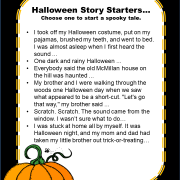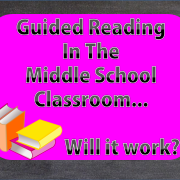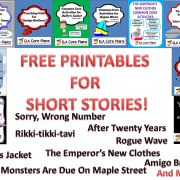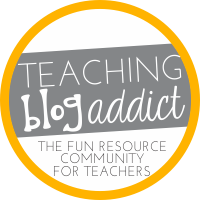The Best iPad Apps for the Middle School Classroom
At our school, only teachers have iPads in the classroom. Our district can not yet afford for every student to have one. Still, there are some great apps that I have found to be AWESOME for classroom use!
- GradeCam – This by far is my favorite! With gradecam, you print off your own scantrons, and simply hold your ipad over a test to grade it. It grades it in a matter of seconds! It will tell you which numbers the student missed and keep a roster with all of the grades for you. This is wonderful for many reasons. It saves time, and you can grade papers right in front of the students if you wish. Kids work harder when they know they will receive immediate feedback. Plus, sometimes the best way for students to learn is to return to a question that they got wrong and try it again. There is a free trial for gradecam, but after that, it is $15 a month. Our school purchased it for every teacher, but I would have paid the $15 myself. It’s that worth it!
- Stage – This app is an interactive whiteboard and document camera in one. It is super easy to use, and it’s a free app. I use it with my apple TV to project students’ writing on the whiteboard. As we discuss a paragraph, for example, I can annotate it with the pen icon on the canvas.
- Plickers – This is a super fun and interactive way that teachers can give real-time formative assessments. It’s perfect for classrooms where the students do not have ipads or other devices. Students hold up cards (that are printed from the site) with answers to questions that the teacher creates. Your ipad scans the cards to give you immediate feedback. It’s hard to explain, so just visit the website to check it out. It is a free app, and your students will love it!






